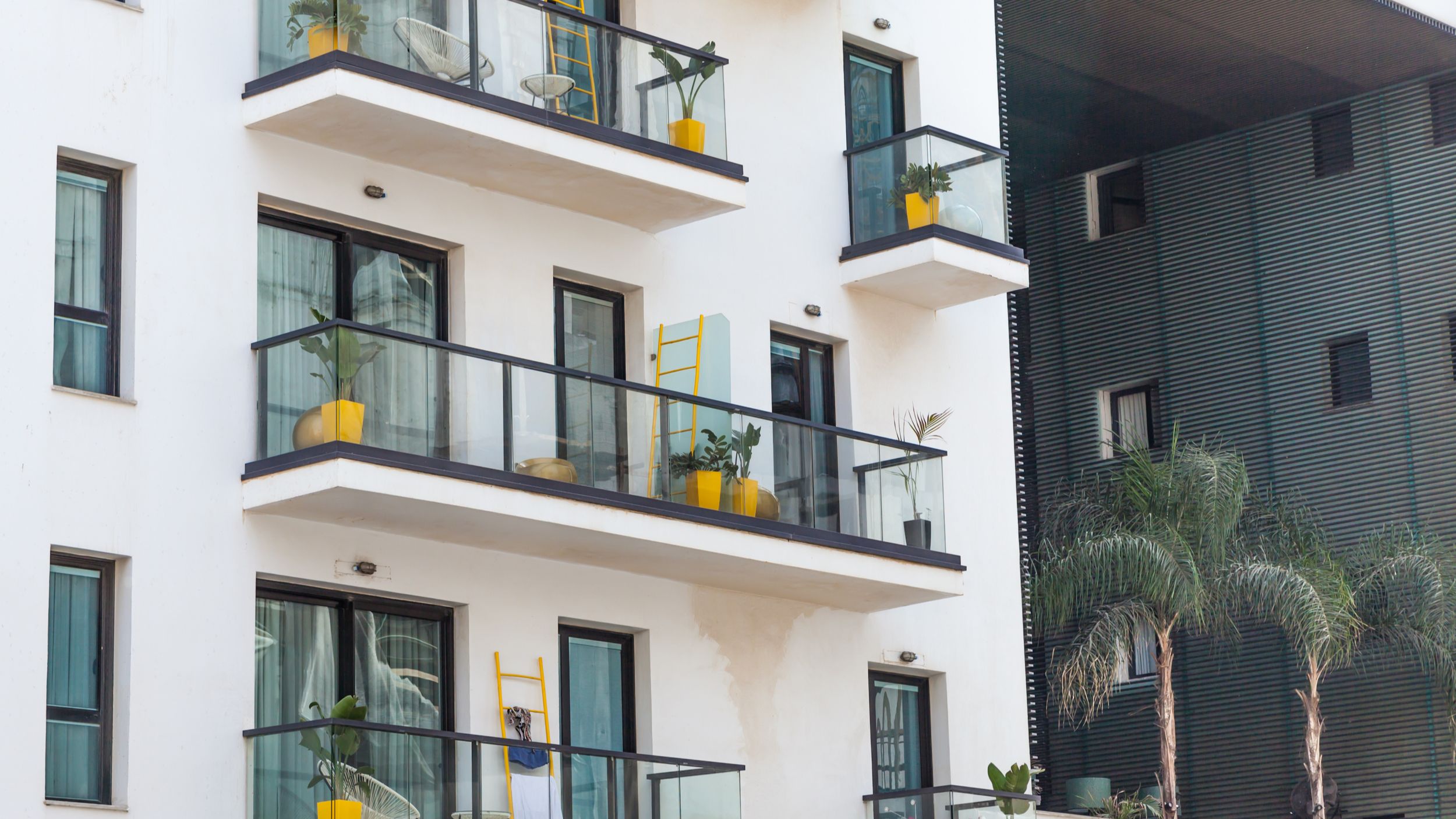Seven Tips Before the Balcony Inspection Deadline
Mar 29, 2023
By Kelly G. Richardson, Esq. CCAL
On June 16, 2015, a fifth-floor balcony at a Berkeley apartment building collapsed, killing seven people, allegedly due to weakening by severe dry rot. Three years later, the state of California adopted Senate Bill 721, requiring owners of multi-unit residential buildings to obtain architect or structural engineer inspections of above-ground “exterior elevated elements” by 2025 and every six years thereafter. The passage of SB 326 in 2019 imposed essentially the same requirements on HOAs with a deadline of 2025 except with a repetition requirement of every nine years instead of six. The new law is found in the Davis-Stirling Act at Civil Code Section 5551.
Unfortunately, many contracts presented to HOAs reflect misunderstandings of the statute’s requirements and propose more work (and expense) than required by the law. Here are 7 tips to help understand your HOA’s inspection contract to ensure your HOA is not paying for unnecessary costs.
- The statute applies only to areas under HOA responsibility for maintenance or repair (5551((b)(1). If it’s not the HOA’s responsibility, it does not fall under the inspection requirement. Many planned developments do not fall under the requirement, since they typically do not maintain or repair residence balconies, elevated walkways, or stairs. Some townhouse style (side-to-side residences, no stacked homes) condominium associations are amending their CC&Rs to shift maintenance of second-floor balconies to the individual unit owners; thereby, taking the HOA out of the inspection requirement for those balconies.
- The statute does not apply to all elevated elements but only to load-bearing components supported wholly or partly by wood or wood-based products (5551(a)(3)). Make sure that your HOA is not paying to inspect steel elements.
- An “exterior elevated element” is a component extending beyond the exterior building walls that has a walking surface over six feet above ground level. A deck on top of the building, garage, or part of the main residence may be excluded, as only parts extending beyond the exterior building walls are included per 5551(a)(3). Many associations have balcony patios that are partially within the main structure of the building or walkways, which are part of the main building structure, or other areas that do not protrude from the main building.
- The statute requires inspecting enough locations to provide a 95% level of confidence that the sample represents the entire building. Some contracts propose to inspect 95% of the locations in a building, which in medium or larger sized buildings may be overkill. The statute doesn’t say how to achieve the 95% level of confidence – it might be the judgment and experience of the inspecting architect or engineer, or perhaps a formal statistical sampling calculation from a website such as calculator.net. The more locations in the HOA, the less percentage of the locations need to be inspected to gain a statistically valid sampling.
- The required inspection is visual, not destructive, per 5551(a)(5). Inspectors need not tear open balconies or stairways (destructive inspection). Using moisture meters, infrared sensors, or boroscopes will satisfy the law.
- When choosing the architect or engineer, consider contracting for only the inspection. Be wary of companies proposing to inspect and then design and perform the work all in one contract.
- Don’t wait until the last quarter of 2024 to pursue this inspection.





